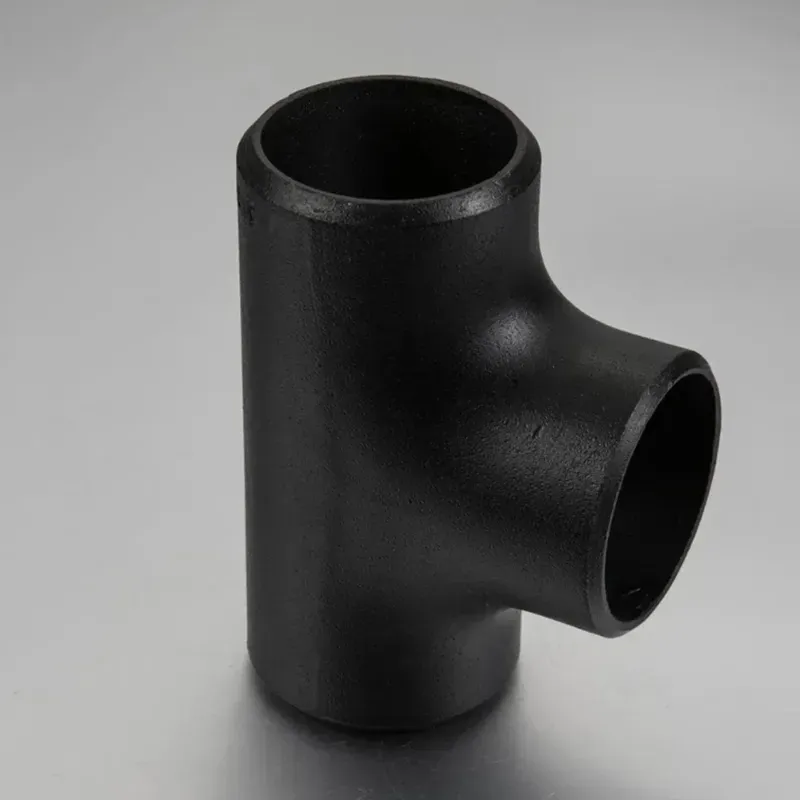-
Cangzhou Yulong Steel Co., Ltd.
-
Phone:
+86 13303177267 -
Email:
admin@ylsteelfittings.com
- English
- Arabic
- Italian
- Spanish
- Portuguese
- German
- kazakh
- Persian
- Greek
- French
- Russian
- Polish
- Thai
- Indonesian
- Vietnamese
- Zulu
- Korean
- Uzbek
- Hindi
- Serbian
- Malay
- Ukrainian
- Gujarati
- Haitian Creole
- hausa
- hawaiian
- Hebrew
- Miao
- Hungarian
- Icelandic
- igbo
- irish
- Japanese
- Javanese
- Kannada
- Khmer
- Rwandese
- Afrikaans
- Albanian
- Amharic
- Armenian
- Azerbaijani
- Basque
- Belarusian
- Bengali
- Bosnian
- Bulgarian
- Catalan
- Cebuano
- China
- China (Taiwan)
- Corsican
- Croatian
- Czech
- Danish
- Esperanto
- Estonian
- Finnish
- Frisian
- Galician
- Georgian
- Kurdish
- Kyrgyz
- Lao
- Latin
- Latvian
- Lithuanian
- Luxembourgish
- Macedonian
- Malgashi
- Malayalam
- Maltese
- Maori
- Marathi
- Mongolian
- Myanmar
- Nepali
- Norwegian
- Norwegian
- Occitan
- Pashto
- Dutch
- Punjabi
- Romanian
- Samoan
- Scottish Gaelic
- Sesotho
- Shona
- Sindhi
- Sinhala
- Slovak
- Slovenian
- Somali
- Sundanese
- Swahili
- Swedish
- Tagalog
- Tajik
- Tamil
- Tatar
- Telugu
- Turkish
- Turkmen
- Urdu
- Uighur
- Welsh
- Bantu
- Yiddish
- Yoruba

Jul . 31, 2024 09:15 Back to list
Optimization of Alumina Ceramic Grinding Processes for Enhanced Material Performance and Surface Quality
The Role of Alumina Ceramic in Precision Grinding
In the realm of modern manufacturing, achieving precise surface finishes and dimensional accuracy is paramount. Among the various materials used in grinding processes, alumina ceramics stand out for their unique combination of strength, durability, and wear resistance. This article delves into the benefits and applications of alumina ceramic grinding, elucidating why it is favored in industries that require high-performance grinding solutions.
Alumina, or aluminum oxide (Al2O3), is a ceramic material that exhibits exceptional hardness and thermal stability. With a Mohs hardness rating of 9, it is second only to diamond, making it an ideal choice for grinding applications that demand high abrasion resistance. The primary advantage of alumina ceramic in grinding is its ability to maintain sharpness over extended periods, which significantly enhances the efficiency and cost-effectiveness of grinding operations. This inherent hardness allows for deeper cuts and faster material removal rates, translating to shorter cycle times and improved productivity.
One of the key applications of alumina ceramic grinding is seen in the manufacturing of cutting tools and abrasives. The material's fine crystalline structure enables the production of grinding wheels that can deliver superior performance, especially in precision machining environments. These grinding wheels are commonly used in industries such as aerospace, automotive, and medical device manufacturing, where precision is critical, and the quality of the finished product cannot be compromised.
Moreover, alumina ceramics exhibit excellent chemical resistance, allowing them to be used in grinding applications involving various materials, including metals, plastics, and composites. This versatility expands their usage beyond traditional industries, paving the way for advancements in sectors like electronics, where intricate and precise grinding is essential for producing components such as circuit boards and semiconductor devices.
alumina ceramic grinding

Another noteworthy attribute of alumina ceramic grinding tools is their capacity to operate at high temperatures. While conventional metal tools may lose their cutting efficiency under thermal stress, alumina ceramics maintain their structural integrity and grinding performance. This feature is particularly beneficial in high-speed applications where heat generation is inevitable. As industries continue to push the boundaries of speed and efficiency, the role of alumina ceramic grinding tools will only become more prominent.
The performance of alumina ceramic grinding tools can also be optimized through advancements in manufacturing techniques. Innovations such as advanced sintering and the introduction of additives can enhance the properties of alumina ceramics, resulting in improved toughness and wear resistance. These developments ensure that the grinding tools can withstand the rigors of demanding applications while delivering consistent and reliable performance.
In addition to their industrial significance, alumina ceramics are also becoming increasingly important in the context of sustainability. The longevity and efficiency of alumina ceramic grinding tools contribute to reduced material waste and lower energy consumption during manufacturing processes. As industries move towards more sustainable practices, the adoption of alumina ceramics aligns with global efforts to minimize ecological footprints.
In conclusion, alumina ceramic grinding is a critical component in the landscape of precision manufacturing. Its unparalleled hardness, thermal stability, and resistance to wear and chemicals render it an indispensable material in various applications. As technology continues to evolve, the potential for alumina ceramics in grinding operations will undoubtedly expand, paving the way for new innovations and efficiencies in manufacturing processes. The future of alumina ceramic grinding not only holds promise for improved performance but also aligns with the broader goals of sustainability in contemporary industry.
Latest news
-
ANSI 150P SS304 SO FLANGE
NewsFeb.14,2025
-
ASTM A333GR6 STEEL PIPE
NewsJan.20,2025
-
ANSI B16.5 WELDING NECK FLANGE
NewsJan.15,2026
-
ANSI B16.5 SLIP-ON FLANGE
NewsApr.19,2024
-
SABS 1123 FLANGE
NewsJan.15,2025
-
DIN86044 PLATE FLANGE
NewsApr.19,2024
-
DIN2527 BLIND FLANGE
NewsApr.12,2024
-
JIS B2311 Butt-Welding Fittings LR/SR 45°/90° /180°Seamless/Weld
NewsApr.23,2024











